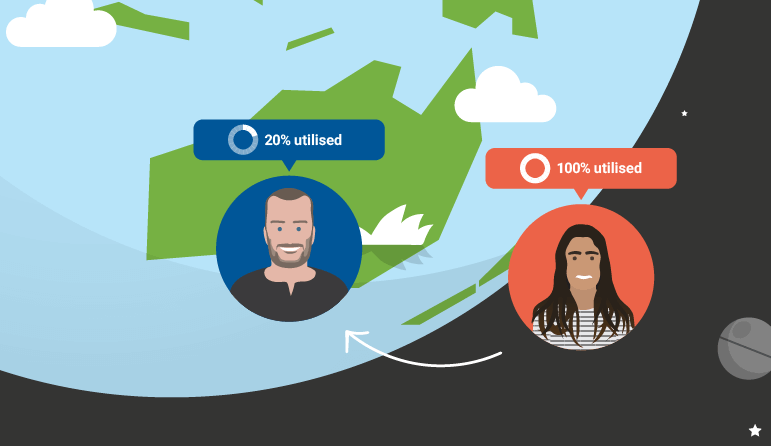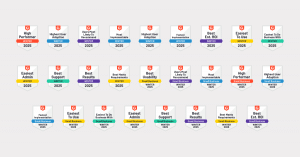We have a lot of architecture, engineering, and construction design industry users that work in multiple offices. Maybe one company has an office in Sydney and one in Adelaide. Or one in London, one in Cardiff, and one in Bristol. So, for them, there was a problem and there was an opportunity. We made our first update for 2019 the multi-office function to help them answer that problem and grab that opportunity.
The problem of location
Customers with more than one location tell us that most of the work they do is office-centric. Although they want to work as one larger organisation, their day-to-day business is very much about the office that they’re in. When they’re looking for things like a list of the projects they’re working on they don’t really care very much about what projects are happening in other places. Having to scan through lists that include every single project in each office location becomes a real pain.
On the flip side, one benefit of being a multi-office organisation is that different regions tend to have different cycles. They’re busy at different times. Say a local government is spending a lot of money on infrastructure at the moment — if that’s your game, you’re flat out. You might not be so busy in another location, though. Right now in Australia, NSW is doing exactly that, while Western Australia is not. The same can be said for London versus other regions of the UK. This can also influence multidisciplinary firms with a spread of portfolio work — there might be more spending in the health sector and less in education, for example.
When it comes to something like resourcing, you can say, “I’m looking for a CAD technician to help me work on my project”. Synergy will recommend the technicians in your office first, because they’re on your team. But if you’re particularly busy you can then say, “Well, show me more” and it’ll start looking for CAD technicians in the other offices. Then it’ll let you know there’s somebody over in Western Australia (or Cardiff, Portland OR, etc) who has capacity — maybe you’d like to use them?
With the multi-office release we help you identify somebody in another office, then we provide tools, like our portals, that make it easier to share data and communications between the offices. We facilitate people working together on a project even though they’re in different locations.
The problem of intercompany cross-charging
We also have interoffice invoicing in the multi-office update. This is sometimes referred to as intercompany cross-charging by our customers’ office managers. It pertains to the financial side of using staff from another company office on your project.
Often there’s an arrangement between offices in the same organisation where, for example, one office can use the staff from another office, and the user will pay cost plus ten percent. Or, there’s some other arrangement that’s been pre-agreed. We can model that in Synergy using reports and then there’s a monthly report to work out how any money collected in my office needs to be shared with your office.
This means the financials can be split into different accounts to facilitate accounting reports by office.
The opportunity
All this adds up to being able to see yourself as an office, share your resources with other offices, and handle the interoffice billing as required. That’s an opportunity to streamline multi-office business, which means more time for design. And that hits the spot!


